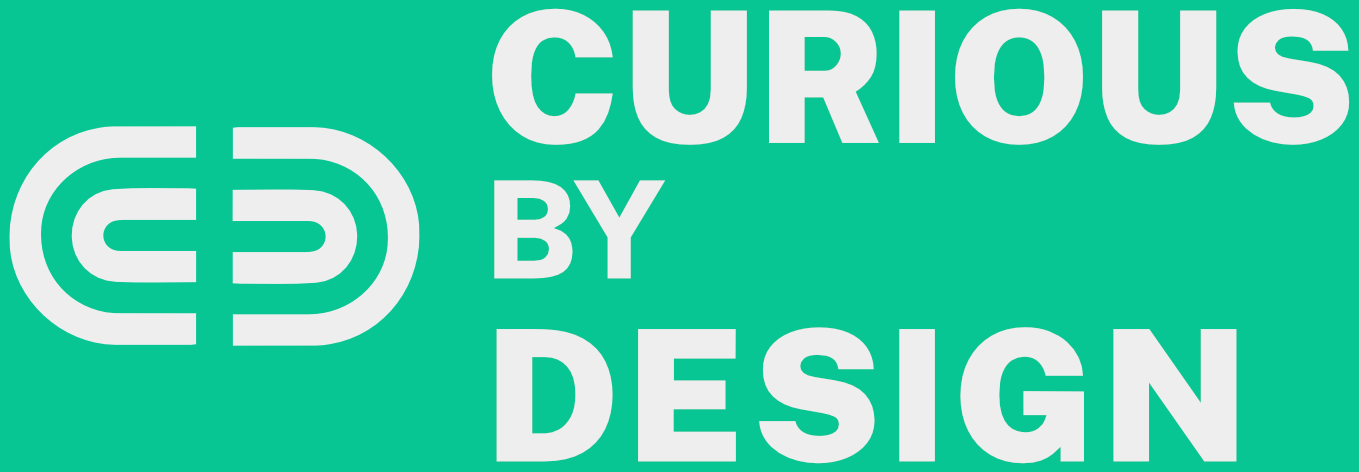Seeing the Future with Second-Order Thinking
Second-order thinking helps you make decisions that hold up over time by forcing you to ask not just “What happens?” but “What happens next?”

In an era obsessed with speed and simplicity, most decisions are made at the surface level. We optimize for immediacy, for first impressions, for what feels right in the moment. But under the surface of every choice lies a chain of consequences, many of which we fail to see until they unfold. Second-order thinking is about seeing that chain in advance—not just what happens, but what happens next.
It’s not just a trick of strategy. It’s a mindset—a commitment to resist the easy answer and explore the wider system your decision inhabits.
What Exactly Is Second-Order Thinking?
Second-order thinking is the ability to move beyond linear, one-step reasoning and instead evaluate decisions in terms of their longer-term consequences and indirect effects. It draws from systems thinking, behavioral economics, and decision theory—all disciplines that recognize how complex the world becomes once feedback loops, delayed effects, and human behavior enter the equation.
Howard Marks, in his investment memos, explains the distinction simply:
“First-level thinking says, ‘This is a good company, let’s buy the stock.’ Second-level thinking says, ‘Everyone thinks it’s a good company, and it’s overpriced. Let’s sell.’”
At its core, second-order thinking involves four key cognitive practices:
- Anticipating chain reactions. "What dominoes will fall after the first?"
- Evaluating trade-offs. "What gains come at what costs?"
- Understanding adaptation. "How will people or systems respond to your action?"
- Thinking probabilistically. "What’s likely to happen, not just what you hope will?"
The point isn’t to forecast the future with perfect clarity. It’s to develop a mental map of possible futures, and then make decisions that remain sound across a variety of outcomes. In a world built on complex systems, second-order thinking becomes a survival skill.
Let’s look at a few real-world cases that illustrate how this works in practice:
The Antibiotic Paradox
In the mid-20th century, farmers discovered that low doses of antibiotics made animals grow faster and stay healthier in crowded feedlots. From a first-order standpoint, it was an easy win: fewer sick animals, faster turnover, and lower costs. Who could argue with that?
But this perspective didn’t account for the long tail of consequences. Over time, bacteria exposed to constant low-level antibiotics began to mutate. Resistant strains emerged. These “superbugs” now infect humans with increasing regularity, and many no longer respond to once-powerful antibiotics. The World Health Organization has warned that antimicrobial resistance could become one of the top global causes of death by 2050.
This isn’t just a public health crisis—it’s a cautionary tale in second-order thinking.
Short-term gains concealed long-term costs. By not accounting for bacterial evolution—a basic adaptive response in any biological system—the practice created a systemic threat far more dangerous than the problem it originally solved.
Second-order thinking in this case would have required asking: What happens when every farmer does this? What happens over decades, not just quarters? And what happens when we lose the tools we rely on to treat infections?
It would have meant stepping out of the silo of agricultural efficiency and into the broader network of human health.
Financial Windfalls and the Trap of Lifestyle Inflation
Imagine receiving a large bonus or a raise. First-order thinking leads to a natural conclusion: you can finally afford the upgraded car, the better apartment, or the dream vacation. You’ve earned it.
But second-order thinking demands a longer view. What are you locking yourself into? Will the new car come with higher insurance, maintenance, and debt? Will a nicer apartment raise your fixed expenses in a way that leaves you less flexible if the next raise doesn’t come? Are you adapting your lifestyle to a temporary bump in income or building a structure you’ll be forced to maintain?
This is the psychological principle of hedonic adaptation in action — the idea that people quickly return to a baseline level of satisfaction, no matter how positive the change. That means the new apartment stops feeling new, but the rent remains. The vacation becomes a memory, but the credit card bill is still due.
Second-order thinking in personal finance is not about austerity — it’s about sustainability. It’s about preserving optionality and freedom, not just increasing comfort. When people don’t engage in this kind of thinking, they often find themselves trapped by their own good fortune, having escalated their lifestyle faster than they strengthened their foundation.
Why First-Order Thinking Feels So Natural
Second-order thinking is not our default for a reason.
Human cognition evolved to prioritize short-term, immediate consequences. Evolution favored those who avoided present threats, secured short-term rewards, and reacted quickly to changing conditions. It did not reward complex scenario modeling or multi-layered tradeoff analysis.
Today, that instinct remains—but the environment has changed. The world is not made up of immediate threats and simple cause-and-effect relationships. It is made of compounding feedback loops, interdependent systems, and long-term outcomes that are often invisible until they arrive all at once.
Psychologist Daniel Kahneman described this divide in his work on System 1 and System 2 thinking. System 1 is fast, automatic, intuitive—great for avoiding a falling tree. System 2 is slower, analytical, and effortful—the engine of second-order thought. But because System 2 takes energy and focus, we often avoid using it unless something forces our hand.
This is why, when we’re tired, stressed, or under pressure, we revert to first-order logic. It’s faster. It feels right. And it often works—at least temporarily. But over time, it leaves us vulnerable to consequences we failed to imagine.
Building the Habit of Second-Order Thinking
If second-order thinking is so powerful, how do we get better at it?
Start by slowing down. Build in space between stimulus and response. When a decision comes up—especially one that feels easy or urgent—ask a few key questions:
- “What’s the next consequence after this one?”
- “If I were watching someone else do this, what might I predict for them?”
- “What would this look like in a week? A month? A year?”
- “What could happen that I haven’t considered?”
Over time, these questions become reflexive. The goal isn’t paralysis by analysis—it’s clarity through curiosity. The more familiar you are with the way systems behave—whether biological, financial, social, or psychological—the more instinctive your second-order thinking becomes.
You can also practice this skill retrospectively. Look at your own past decisions. Where did things go wrong or right because of knock-on effects? Which costs or benefits showed up late? The past is a rich training ground for developing second-order awareness.
Why It Matters More Than Ever
In a networked world, decisions scale. A local policy becomes a global movement. A small algorithm tweak reshapes billions of people’s experiences. A clever financial strategy gets copied until it destabilizes the system it was meant to exploit.
We are constantly interacting with environments that respond to our behavior—and where the feedback is delayed, indirect, or nonlinear.
Second-order thinking is not a luxury. It’s a form of survival. And beyond survival, it’s how we build wiser systems, more resilient habits, and choices that stand the test of time.
The world rewards those who can see beyond the first step. Not because they’re smarter, but because they’ve trained themselves to look a little further down the road.





